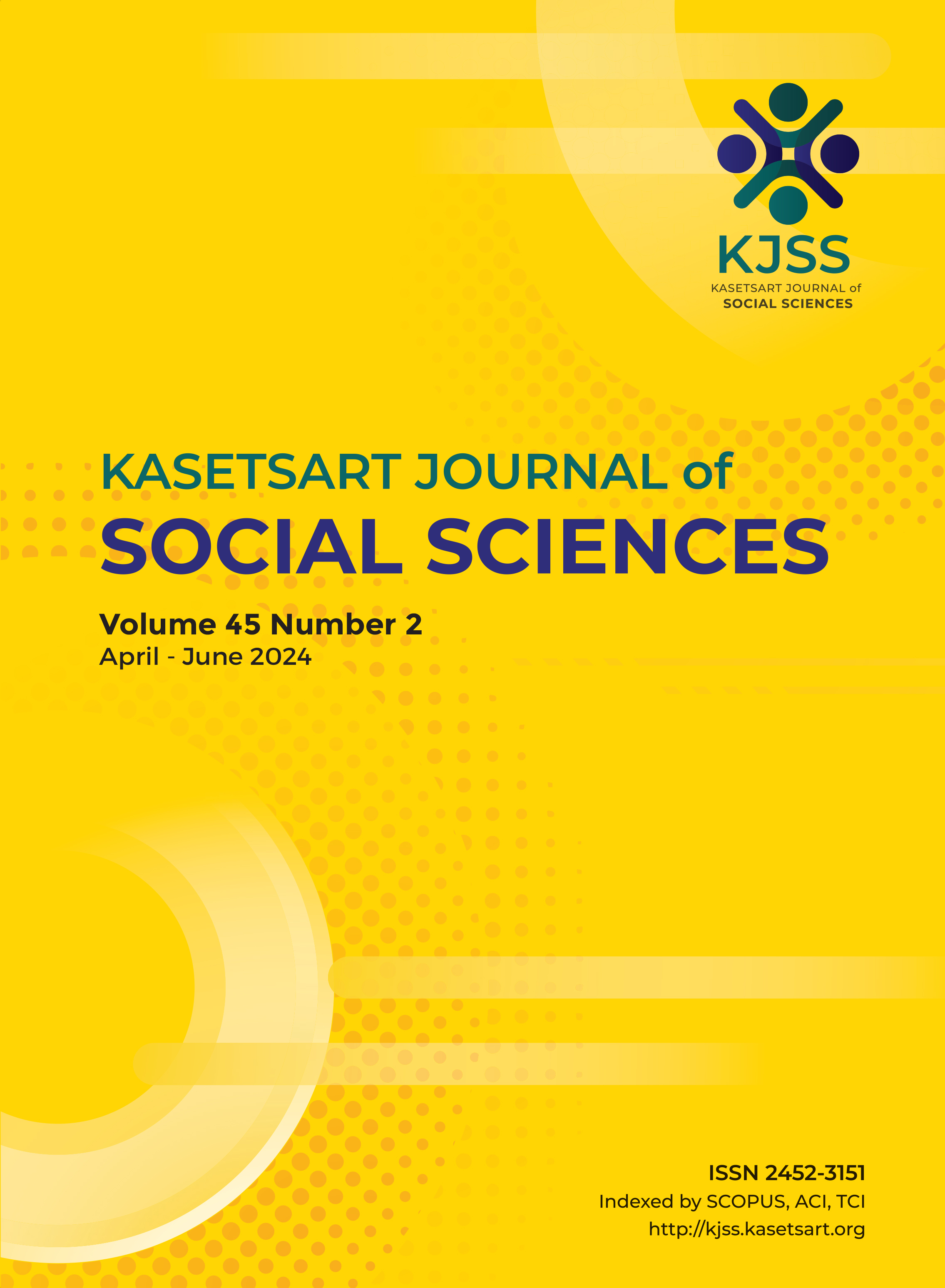Students’ acceptance toward Asynchronous Virtual Education during COVID-19 pandemic
Keywords:
acceptance, COVID-19, higher education, TAM, virtual educationAbstract
Because of the global pandemic, governments around the world suspended many activities, including education. This unexpected situation made many educational institutions switch from face-to-face classes to a Virtual Education modality; neither teachers nor students were prepared. Therefore, the main goal of this research was to measure the students’ acceptance toward Asynchronous Virtual Education during COVID-19 pandemic at a public university. This study had a quantitative approach where 1,358 university students participated voluntarily. The technique for data collection was a survey, and the instrument was a questionnaire elaborated through google forms by the researchers. Confirmatory Factor Analysis was used to elaborate and choose the best model of the Asynchronous Virtual Education Acceptance Scale for Students (AVEASS). Main results showed that the use of Asynchronous Virtual Education had a negative acceptance of students with 51 percent. Even though students had previous experience working in virtual environments, the majority of them did not find the use of Asynchronous Virtual Education fun or interesting. Thus, it is concluded that the Asynchronous Virtual Education was not accepted by more than a half of the population of students. Therefore, it is recommended that university authorities provide more training to professors and students about the best ways of using Asynchronous Virtual Education in a more active and fun way as possible.
Downloads
Published
How to Cite
Issue
Section
License
Copyright (c) 2024 Kasetsart UniversityThis is an open access article under the CC BY-NC-ND license http://creativecommons.org/licenses/by-nc-nd/4.0/










